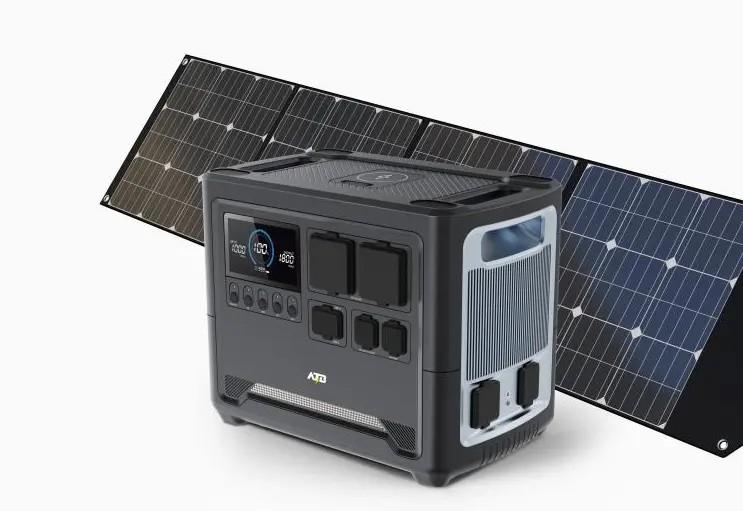Notifications

5 minutes, 9 seconds
-30 Views 0 Comments 0 Likes 0 Reviews

As one of trusted EV charger manufacturers in China, Topper Company delivers dependable electric vehicle charging station equipment and comprehensive solutions.Charging an electric vehicle (EV) using a generator can be a viable option in emergencies or remote locations where traditional charging infrastructure is unavailable. However, there are important considerations to ensure safe and efficient charging. Below is a comprehensive breakdown of how it works and the key factors to consider:
Yes, most electric vehicles can be charged with a generator, but it's not as simple as just plugging in. EVs have specific power requirements, and not all generators are capable of meeting these demands.
Power Output
EVs need a generator that can provide adequate power.
Level 1 charging (120V) requires a minimum of 1.4-2 kW of power. A generator with at least 2-5 kW output is typically enough for slower charging.
Level 2 charging (240V) requires higher power—typically 7 kW or more for faster charging.
Pure Sine Wave Output
EVs need stable and clean power. Pure sine wave generators provide smooth and stable electricity, unlike modified sine wave generators that can damage the vehicle’s battery management system (BMS).
Always check if the generator specifies pure sine wave output for compatibility with EVs.
Grounding Requirements
Proper grounding is essential for safety. Some EVs require a grounded outlet for charging, and many portable generators don’t come with a grounded outlet.
If the generator is ungrounded, you may need to use additional grounding equipment, such as a grounding rod or GFCI outlet.
Level 1 Charging (Slow Charging)
This uses a standard 120V outlet and provides 3-5 miles of range per hour.
A generator with 2-5 kW output is usually sufficient for this slow method.
Level 2 Charging (Faster Charging)
Uses a 240V outlet and can provide 15-60 miles of range per hour.
Requires a generator capable of 7 kW or higher output, which is less common in portable generators.
Level 3 Charging (DC Fast Charging)
This requires much higher power output and is generally impractical with portable generators due to their limited capacity and the vast energy demands.
Fuel Type: Choose a generator that suits your needs based on fuel availability and efficiency (e.g., gasoline, diesel, propane).
Noise Levels: Some generators are noisy, so look for those with quieter operation, especially if you're using them in residential or outdoor areas.
Portability and Size: A larger generator with higher output might be harder to transport.
Run Time: Portable generators may need refueling during long charging sessions, so ensure they have enough fuel capacity to last.
Instead of a generator, backup batteries such as portable power stations can also be used to charge EVs. These are cleaner, quieter, and more environmentally friendly but may not fully charge an EV. They are best suited for Level 1 charging and typically have a high capacity (e.g., 2 kWh or more).
Capacity & Output: Ensure the battery can provide the necessary power for charging.
Recharging: Many batteries can be recharged via solar panels, offering an eco-friendly option, although charging is slower.
Charging an EV with a generator is feasible, particularly for Level 1 charging in emergencies or remote locations, provided the generator has the correct power output, pure sine wave quality, and grounding. However, Level 2 and Level 3 charging require more specialized equipment. Backup batteries offer a cleaner alternative, though with limitations in terms of capacity.
Generators and backup batteries can be helpful supplementary solutions for EV owners, but relying on established EV charging infrastructure remains the best option for regular use.Know more about Google SEO Directory
China EV Chargers EV Charger Manufacturer EV Charging Solutions

